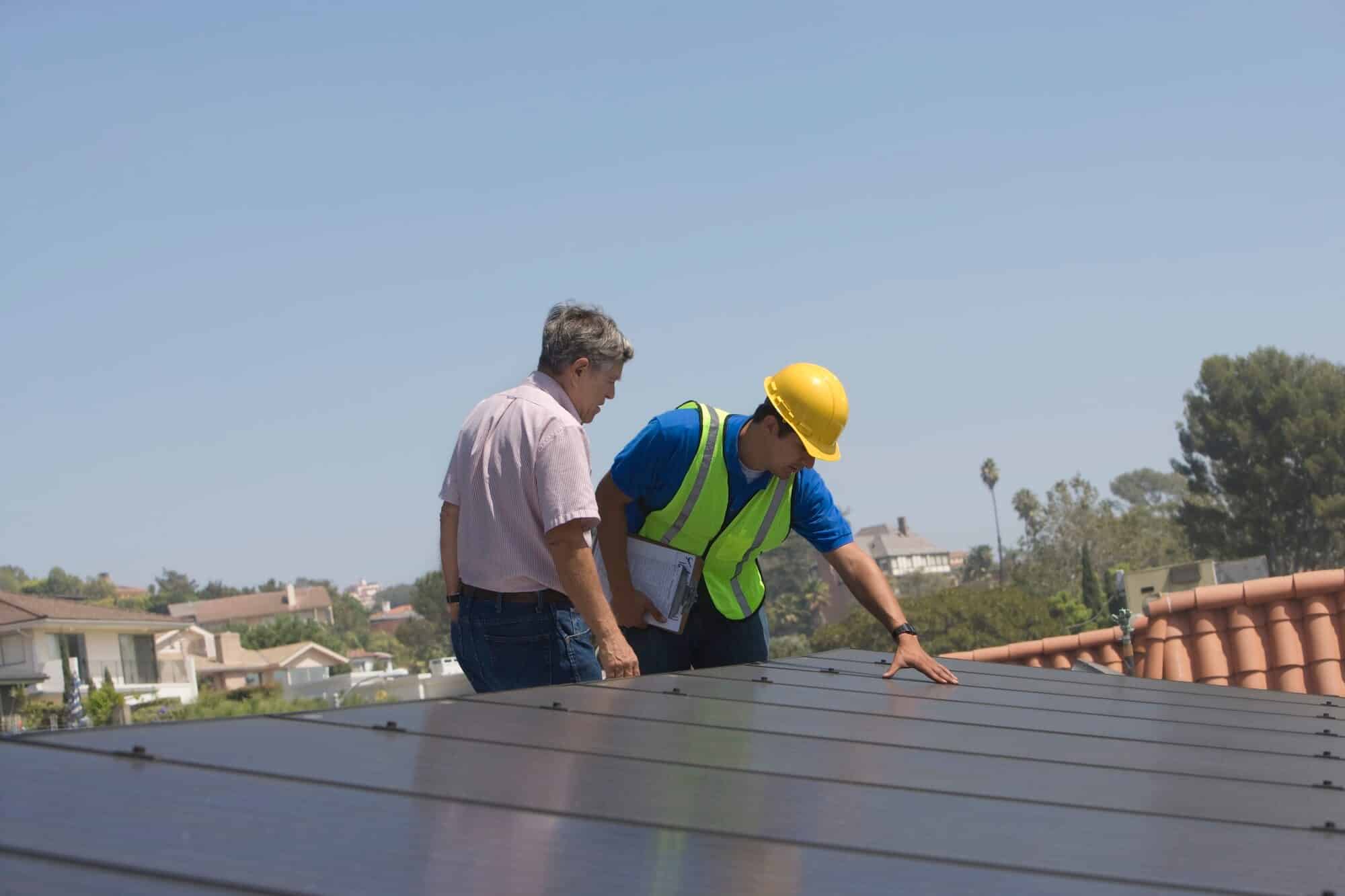The state of California has decided to require the installation of solar systems and energy storage facilities in new and renovated buildings. What can we in Israel learn from this dramatic step?
Yanina Fleishon, Angle - news agency for science and the environment

The sixth report of the United Nations Intergovernmental Panel on Climate Change (IPCC), which was recently published, has increased awareness of the link between human emissions of greenhouse gases and the dramatic impact of climate change, which directly and indirectly affects all the inhabitants of the planet, but not many know what needs to be done to take part in the fight against the climate crisis.
A good place to start is the house where we live.
60 percent of the electricity consumption
Buildings are a central part of our lives, we spend a large part of our time in them - at home, at work or in our free time - and they also have a very large environmental footprint: in California, for example, residential and commercial buildings They consume close to 70 percent of the electricity and are responsible for a quarter of the country's greenhouse gas emissions. In Israel, households, commerce and services are responsible on 63 percent electricity consumption and30 percent of all emissions in the economy (as of 2020).
This situation can change if these buildings themselves generate electricity from renewable energy sources. Therefore, recently Approved by the Energy Commission of California's new regulation (the "Energy Code") for new and renovated buildings, which is expected to reduce the environmental impact of various buildings in the country starting in January 2023.
First, the regulation will require contractors to expand are youThe production of solar energy and integrate energy storage facilities In new buildings, such as businesses, residences, offices, financial institutions, educational institutions, warehouses, auditoriums, conference centers, hotels, medical offices, restaurants and theaters. Also, new and renovated residential buildings will require the integration of preparation for storage facilities already at the planning stage, so that in the future it will be easier to connect a battery to solar systems on the roof and store energy in it for hours when it is not possible to produce energy from the sun.
Buildings that will be exempt from the energy code are those that do not have enough roof space or parking space to install solar systems, or buildings in places where there is snow or other terrain and climate conditions that prevent the installation of systems.
In addition, the regulation places a requirement of "readiness for electrification", in order to encourage homeowners to use an electric vehicle, heat water or the building and even cook on the basis of electricity.
The storage market is growing rapidly
From the report it appears The amount of battery storage projects in commercial buildings is on the rise in the United States in recent years, this is because of technological progress that has led to a significant decrease in the costs of the installed batteries. According to the forecast of the National Research Laboratory for Renewable Energies in the USA (NREL), By 2030, the costs of the systems will decrease by 11 percent in the pessimistic scenario and by 67 percent in the optimistic scenario - This is relative to the costs in 2018.
California's new regulation is a worthwhile investment: The savings in greenhouse gas emissions over the next 30 years is equivalent to taking nearly 2.2 million cars off the road for a year. According to the plan, the energy savings during the first 12 months of its implementation Estimated at approximately 453 GWh of electricity savings and demand reduction of 42 MW. The charge will add 280 MW of solar-sourced electricity annually. 400 100MW/MWh storage capacity will also be added to commercial buildings, a move that is expected to accelerate the energy storage market.
Must be prepared as soon as possible
California is considered an innovative place from where you can get inspiration and knowledge about the transition to clean energy. Previous programs that were implemented in the country were used by decision makers and stakeholders in Israel as well. A recent example of this occurred in the framework of the approval of a decision-makers' proposal for a transition to a low-carbon economy, in which an examination of setting goals for zero-energy construction was approved.
As of today in Israel, there is no obligation for storage facilities nor are they prepared for storage in residential or commercial buildings on a national level, but recently the Ministry began to promote several pilots on the subject, within which it supports the establishment of storage systems for energy efficiency projects, also a number of concessions regarding the exemption from the permit for storage facilities were included in the Arrangements Law.
As much as we would like to adopt similar requirements in Israel as well regarding the regulation, the process is expected to be difficult, since it is a new regulation that may add costs to housing prices. At the same time, the state must prepare and plan as soon as possible, because eventually the need will come and then it will be even more difficult to correct the existing situation. It is important to act, including the relevant government ministries, so that we do not find ourselves with a stock of buildings that are not adapted to the prevailing technological trends and the global vision of developing a sustainable energy economy.
The author is the manager of projects and ventures in the Sustainable Energy Division of the Ministry of Energy
More of the topic in Hayadan:
